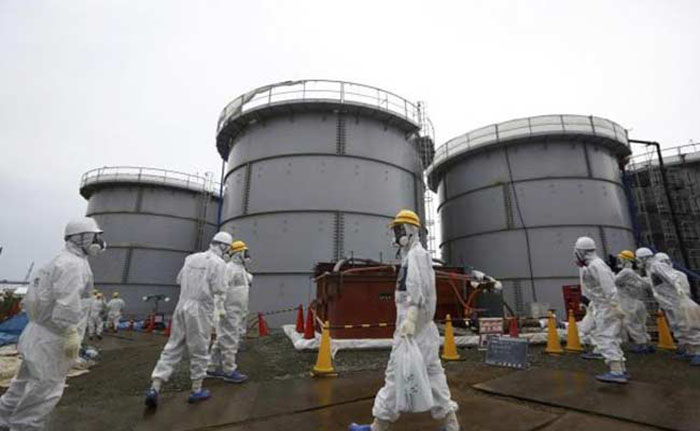The plant, however, is not expected to become operational till January 2016.
Japan`s Nuclear Regulation Authority (NRA) had approved the reactivation of the plant in July.
The Ikata plant was the fifth nuclear reactor to get clearance from the NRA after it complied with the post-Fukushima norms.
Of these five reactors, so far only the first and second units of the Sendai plant have become operational, on August 11 and September 15.
The restarting of first reactor ended nearly two years of nuclear blackout in Japan -- the longest in the country since it began to produce atomic energy in 1966 -- following the Fukushima accident, the worst nuclear disaster since Chernobyl (Ukraine) in 1986, caused by an earthquake and a tsunami.
Of the 43 nuclear reactors in operational conditions in the country, 25 have sought NRA supervision for future reactivation.
Tokyo estimates 20 to 22 per cent of electricity in the country will be coming from nuclear plants by 2030, slightly lower than the 30 per cent before the Fukushima disaster.
Radioactive emissions and spills from the disaster left around 110,000 people displaced and have severely affected agriculture, livestock and fishing in the region.
More about:
















































